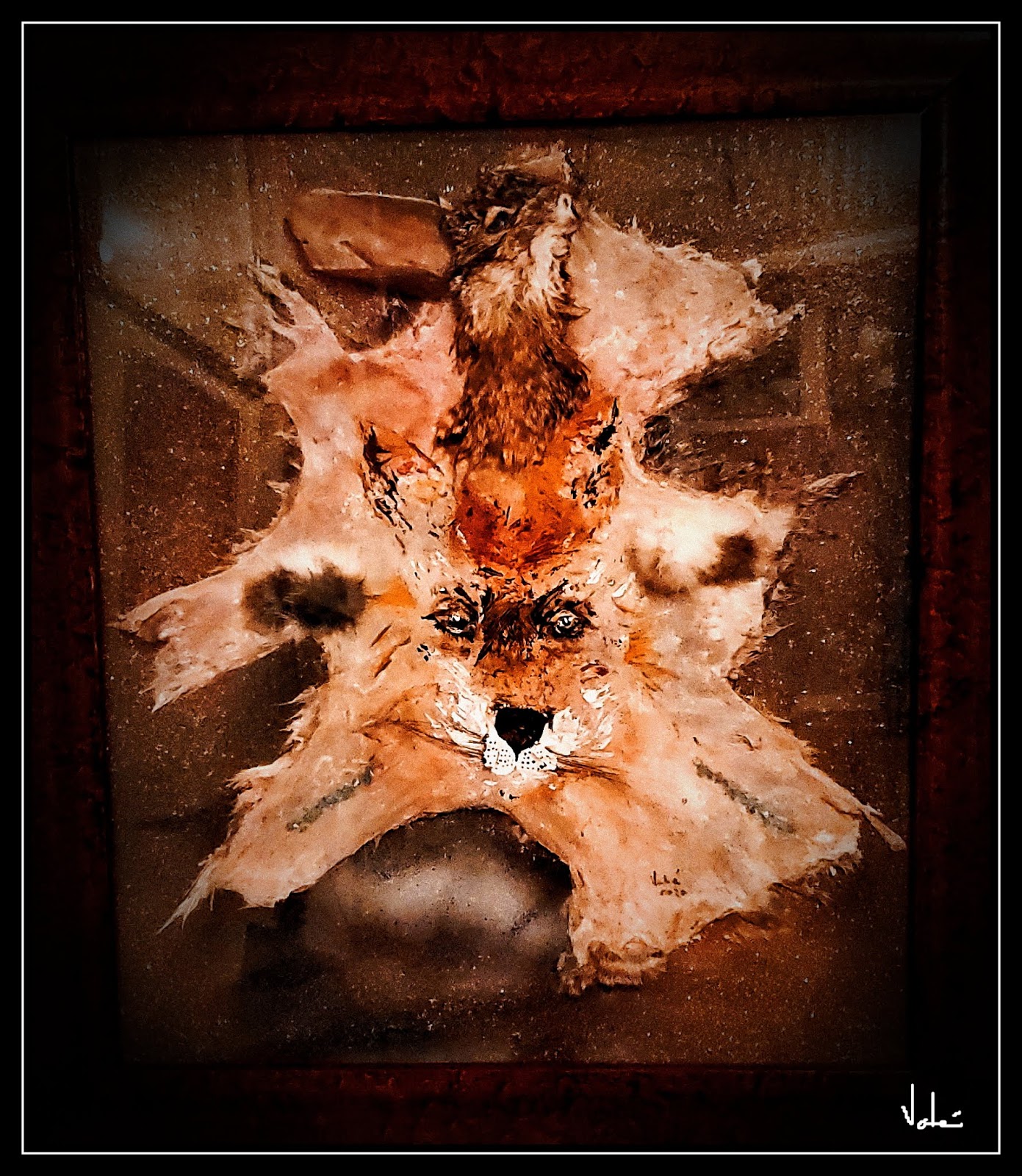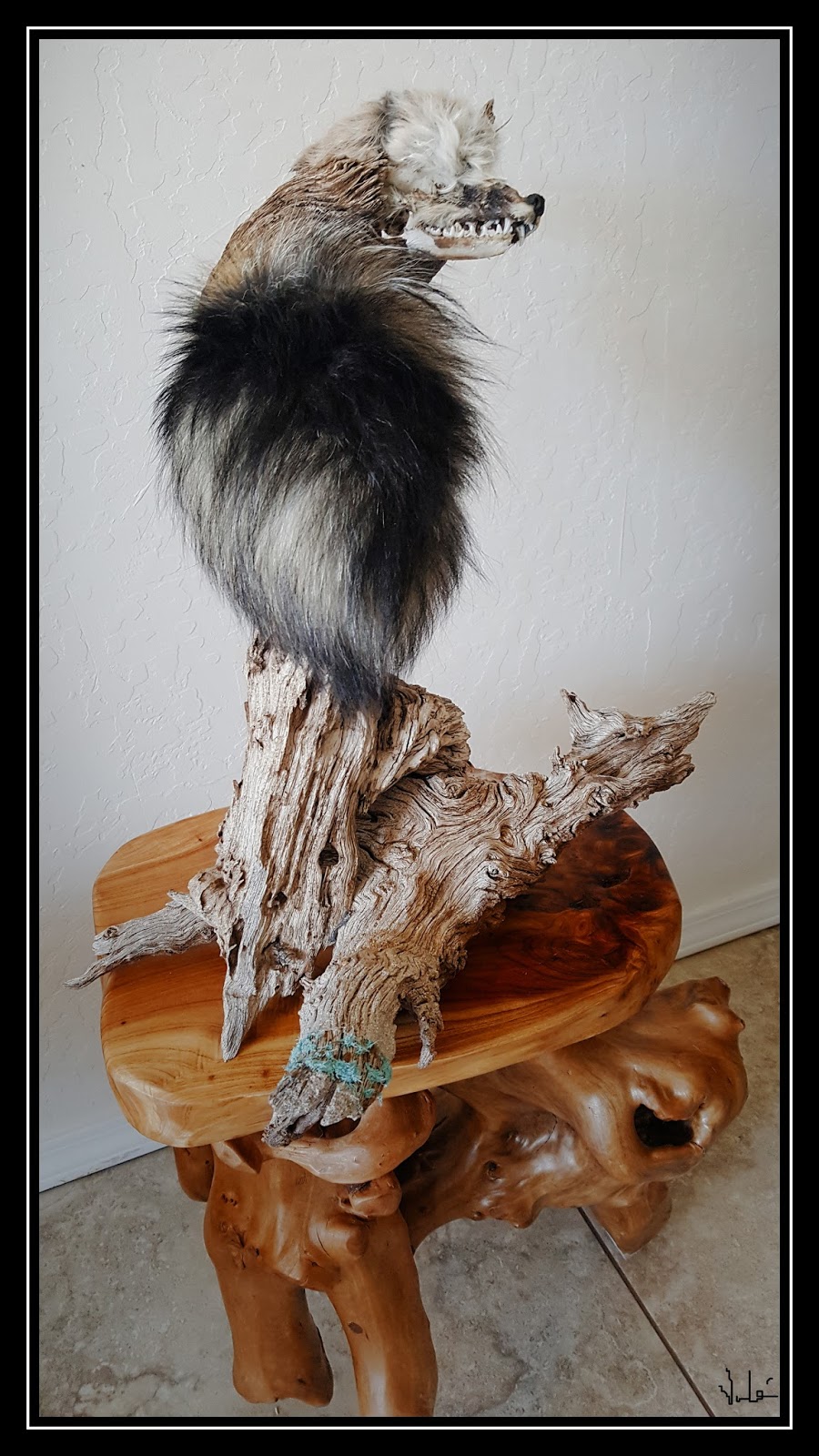What Happens When Vermeer’s “Girl with a Pearl Earring” Looks Straight at You?
I was looking at a
poster I have in my studio of J. Vermeer’s “Girl with a pearl earring” and
suddenly wondered how her full face looked in 1665. I had not thought about it
before, as it was the charm of her turned head look that enchanted people for
centuries. I had wondered about something else though – the size and shape of
what is proposed to be a pearl looks unrealistic. To me it looks more like
metal, maybe tin.
Here is that
portrait:
So, why do I have a
photo of Vermeer’s portrait rather than one of Da Vinci’s Mona Lisa circa 1503?
Both portraits have a
common appeal – they represent female facial expressions that are enigmatic, alluring,
mysterious and fluid. Da Vinci painted
Lisa del Giocondo with a front view of her full face, her upper body and hence
body language. Vermeer painted a young woman with a Turkish style turban headwrap,
a large earring, slightly oversized eyes, head turned back from her left with
lips open just enough to make men over wonder, over the next five centuries, if they would ever meet a woman like that!
In short, I do not
find Mona Lisa attractive or alluring. I have looked (from 7 meters away) at
that painting at the Louvre more than once. Digital photos of it are much more
explosive in and colour and contrast. The attraction of Mona Lisa is not her
but the genius of Da Vinci in capturing the fleeing moment of the smile, the
layers of paint he concocted, and the interpretation many art experts have
provided to the public. Actually, one of the mysteries attributed to the enigma
of that smile is that Da Vinci had painted a young man’s facial attributed
impersonated as a female. Now that seems debunked as Lisa del Giocondo has been
identified as the model.
The girl with the
shiny tin earring is what many men have experienced in their lives (and
revisited in their moments of recollection) – a young woman who perhaps just
passed by, looked slightly back and made that encounter most memorable. And, since
it is not clear who the girl was that Vermeer immortalized, she has no name.
Just like the girl
many men have encountered for a brief moment. And later they gave her a name
themselves, just to remember.
Ok, so it occurred to
me that it would be an exercise in facial recognition reconstruction to take
some of the incomplete proportions of the half-face from Vermeer’s painting and
estimate how a full face portrait of Vermeer’s model would look.
I started with my
earthly materials – a hare skin for canvas, a preserved quail for headpiece,
bird feathers for earring extention, turquoise stones, snail shells, rabbit
tails and decorative brush limbs for framing the facial proportions.
Here is the display
of materials. The cranium was my heuristic visualization tool for turning the three-dimensional
view of Vermeers’s model into a two-dimensional, front view of her full face. I
find it useful to rotate that cranium and observe how the proportions re-adjust
in the process.
It was now time to
draw the eyes. I estimated that slightly oversized eyes can still retain their
effect if the distance between the two eyes was equal to the measure of a
single eye. Further, since a
two-dimensional full face portrait cannot easily give the angle for the playful
look back, I decided to make the eyes look slightly up, giving a depth of field
to otherwise a flat surface.
The lips had to have
the illusion of that slight openness without making the painting become that of
a fish!
So, here are the eyes
and the lips with a temporary arrangement of feathers and rabbit tails:
The Turkish turban headwrap was now replaced by a full preserved quail:
The skin and feathers of which were preserved
by salt and the desert sun. Here is the body showing the salted skin:
And the head placed
upon that gap to complete the body:
To reflect the blue eye colour, I used blue stone smaller than the “pearl” wore by Vermeer’s model. Here is a close up:
Or both!
... And I thought about
the comment once made about the Mona Lisa. Can it be that it is not the characteristics
of a smile that determines a gender but the attitude apparent or perceived
during the smile? I never thought that the girl was caught off guard.
No matter, it was a
pleasant experience to extrapolate from Vermeer’s model.
November 14, 2020
© Vahé A. Kazandjian,
2020













Comments
Post a Comment